Media | Articles
6 things you didn’t know about Chrysler’s turbine car
When Stephen Stills wrote “For What It’s Worth” in 1966, he was referring to a protest gone wrong, but the chorus could easily have been used by Chrysler’s experimental turbine-powered car program from 1964. A car with a jet engine? That sounds absurd.
Chrysler did build a small batch of turbine-powered cars, though, and a few became part of everyday life for a handful of lucky consumers. Even in a time when technology was advancing regularly, Chrysler’s turbine car pushed forward the automotive industry and the United States.
In June of 2022, the Hagerty Drivers Foundation (HDF) inducted the Chrysler Turbine into the federally recognized National Historic Vehicle Register. A year later, HDF has created a thorough documentary including interviews with experts on the turbine-car project, from engineers who were there from the start to collectors who have spent years chasing the few remaining Turbines.
We pulled out a few of the highlights from the documentary, which goes live today. If you like what you read here, the full video is embedded at the bottom of the article. Grab a cold drink, sink into a good chair, and give it a watch.
Everything started with Project A-86
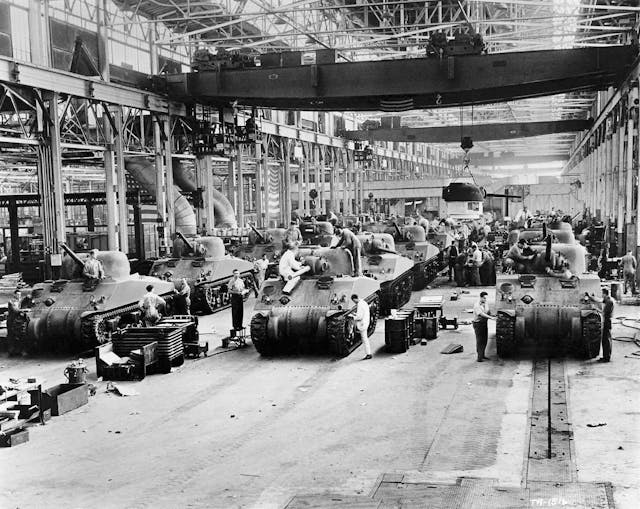
Just as WWII was ending, Chrysler finally finished a turboprop engine design codenamed A-86. Though jet engines made similar power to piston-powered ones, jet engines were far smaller and lighter, meaning that planes could be scaled up, perhaps even push right to the sonic barrier. When the need for aviation advancement became less urgent, Chrysler killed the project. Could we put the turbine engine in a car? the engineers wondered.
Marketplace
Buy and sell classics with confidence
Jet engines are incredibly space-efficient for a plane, but the turboprop didn’t immediately work in a car. The issues to solve were the same as you’d encounter when packaging any other powertrain: How to cool the engine, where to store the fuel, and which transmission to use.
It is not a jet car
A turbine-powered plane is pushed through the atmosphere by the force of the air exiting the turbine, or thrust. That wasn’t going to work well in vehicle traffic.
To make turbine power work on the streets, engineers added a second-stage turbine. Driven by the air coming out of the initial turbine, this second-stage unit also held a 10:1 gear reduction, which reduced the first turbine’s engine speed (40,000–50,000 rpm) to something a rear axle could accommodate. This second-stage turbine is the reason why the Chrysler is a turbine car, not a jet car.
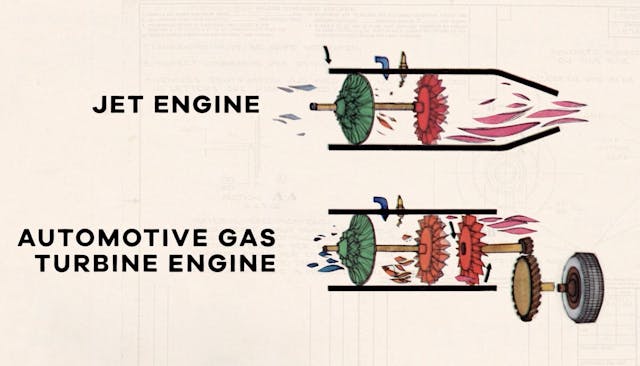
To make the Chrysler Turbine behave like users expected cars to behave, throttle response and fuel supply also had to be radically altered. What engineers did not have to deal with, though, was vibration. A turbine engine’s internal parts only rotate; they do not reciprocate.
It can run on just about anything combustible
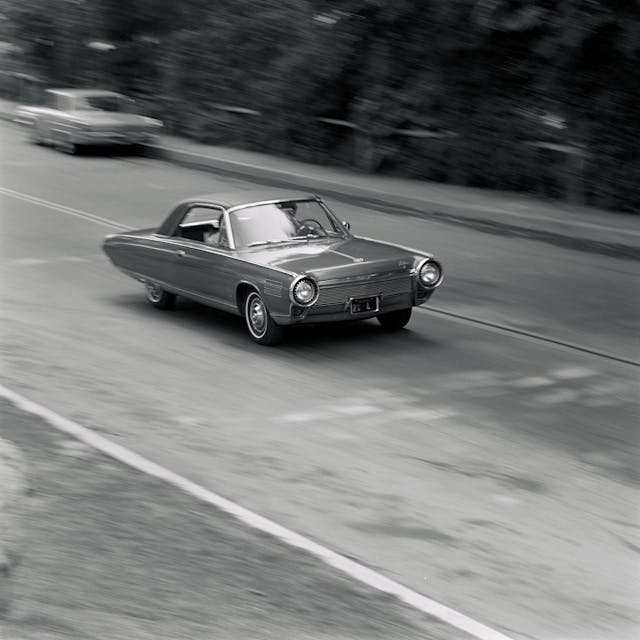
Unlike a piston engine, a turbine engine does not compress its fuel, so it can run on substances that would auto-ignite under compression or have trouble burning quickly enough for a short power stroke. Jerry Gross, one of the engineers from the Chrysler program, took one of the Turbine cars out to a peanut festival and fed it peanut oil. He said the car smelled like a restaurant kitchen but ran fine. Another story goes that, while in France, someone once ran the car on Chanel N°5. We would hate to see that bill …
Chrysler wasn’t the first to try turbine power

As early as 1949, Rover also had the idea to stuff a turbine powerplant under the hood of a car, so the post-war race to leave the piston behind became a match between the U.S. and England. Chrysler did not represent the U.S. alone: All the big auto manufacturers of the 1960s were experimenting with some type of turbine propulsion. It was Chrysler who went all-in, though, and created something more than a one-off show car. That investment made Chrysler’s efforts all the more memorable.

Real people got to drive them
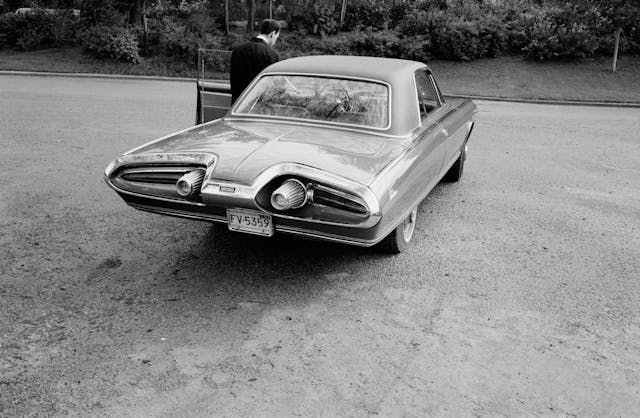
After the flurry of public relations stunts, in which Chrysler showed a few turbine cars at events across the country, the company took it up a notch by putting turbine cars in the garages of consumers. Not engineers. Not marketing people. Real-world users who lived with the car day in and day out for weeks at a time.
Engineers and designers can do a lot of testing, but those specialists think and drive differently than the average user does. Does the car have an adequate cooling system? Does it have the proper throttle response? How happily will it idle in traffic? All of these questions would normally be answered over months of testing, but Chrysler decided not to wait. In total, 203 lucky drivers got their own turbine car—Chrysler built 50—for three months. The cars were out in the wild, and people who paid attention could recognize one at a glance.
Not just bronze, Turbine Bronze
Chrysler didn’t really need the turbine cars to stand out visually, since the wild exhaust sound made it pretty obvious, but a little extra flair never hurt anybody.
The light-bronze color choice was safe enough to blend into ’60s traffic but unusual enough that the car would catch the public’s eye. The whole 50-car Turbine fleet wore this color. (Chrysler brought back Turbine Bronze in 2013 for a one-off 300C homage, but it wasn’t nearly the same.) The paint, the interior details, and the streamlined, jet-influenced silhouette all combined to be a subtle yet dashing car that is now forever documented as a critical piece of our automotive history.
***
Check out the Hagerty Media homepage so you don’t miss a single story, or better yet, bookmark it. To get our best stories delivered right to your inbox, subscribe to our newsletters.

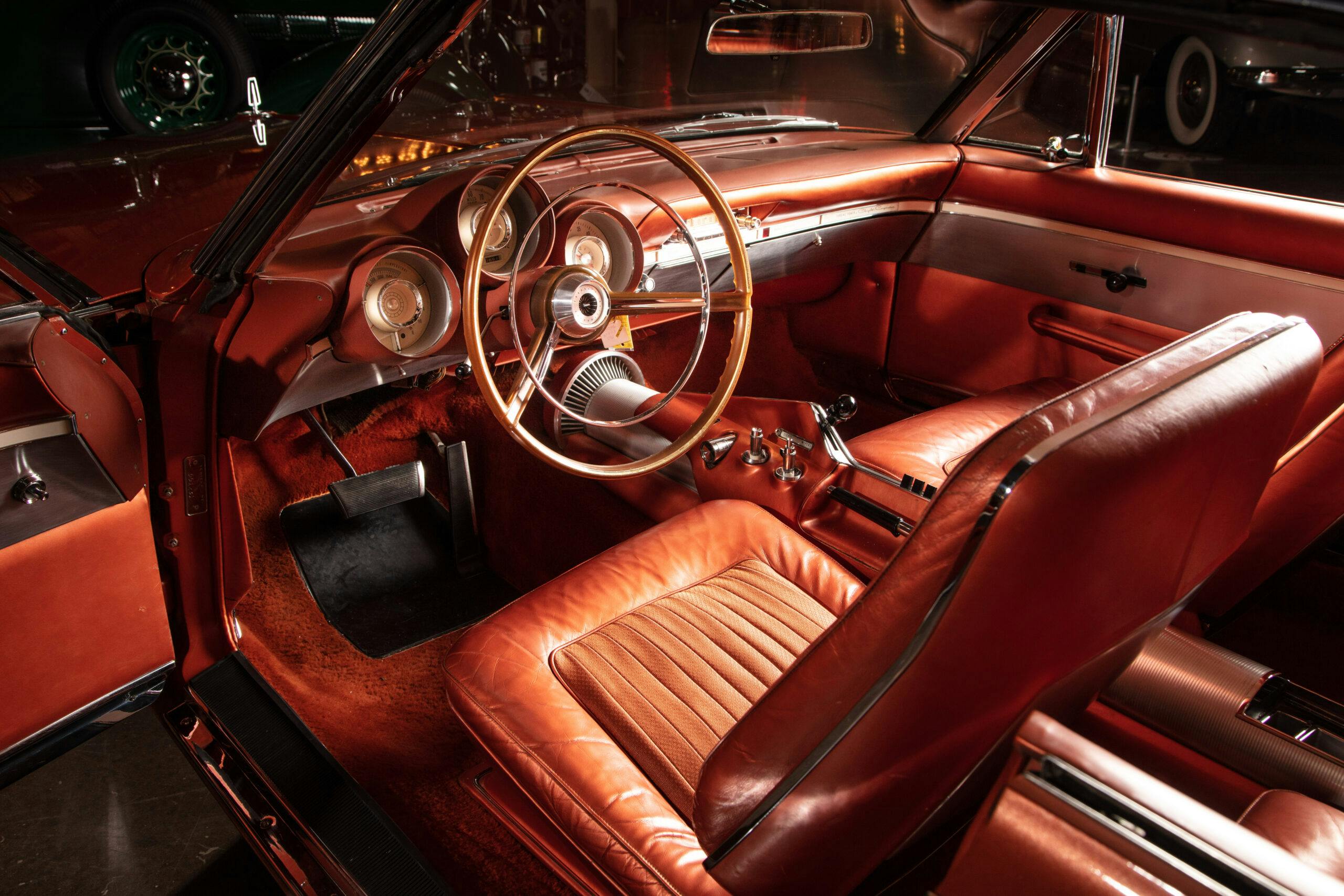
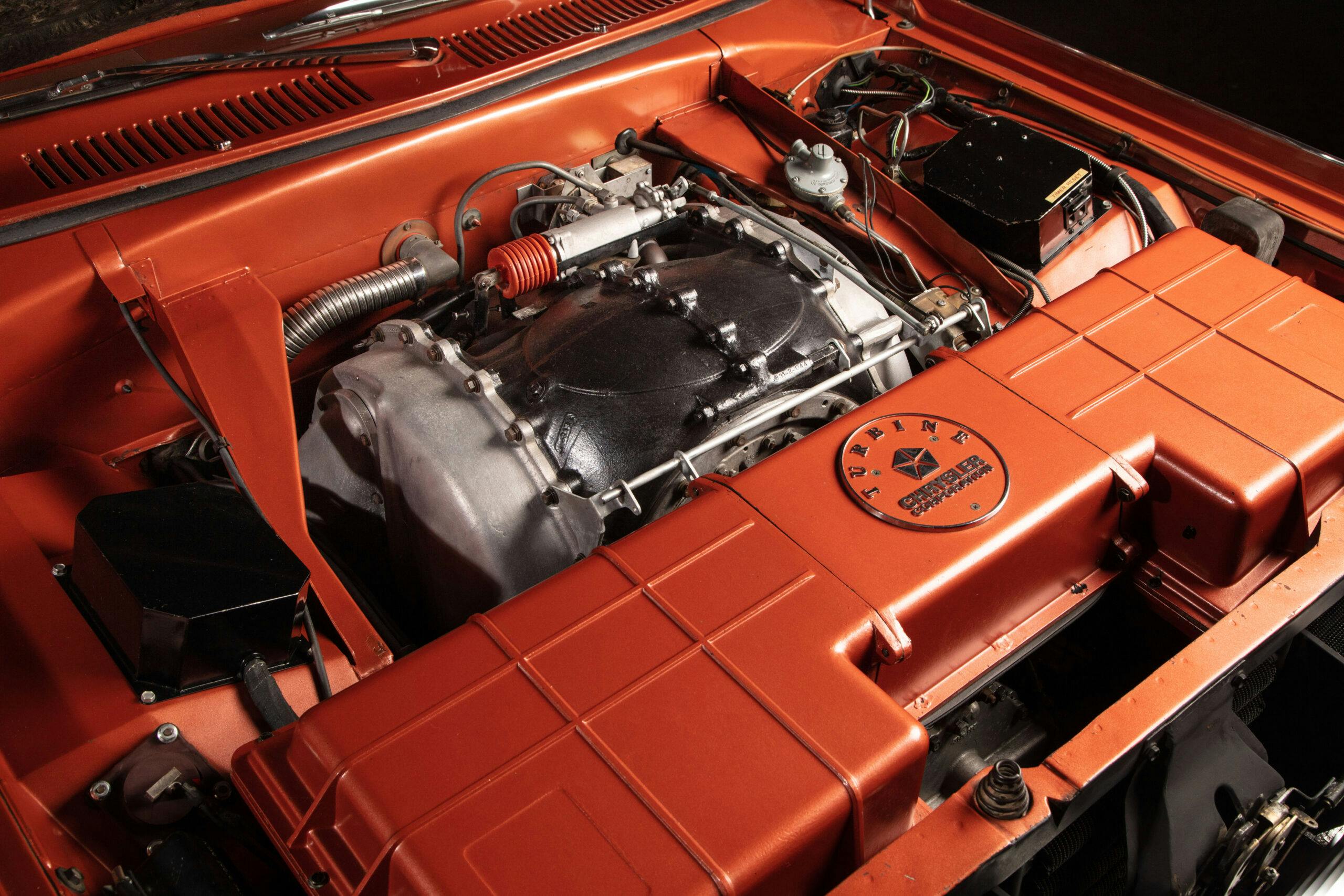








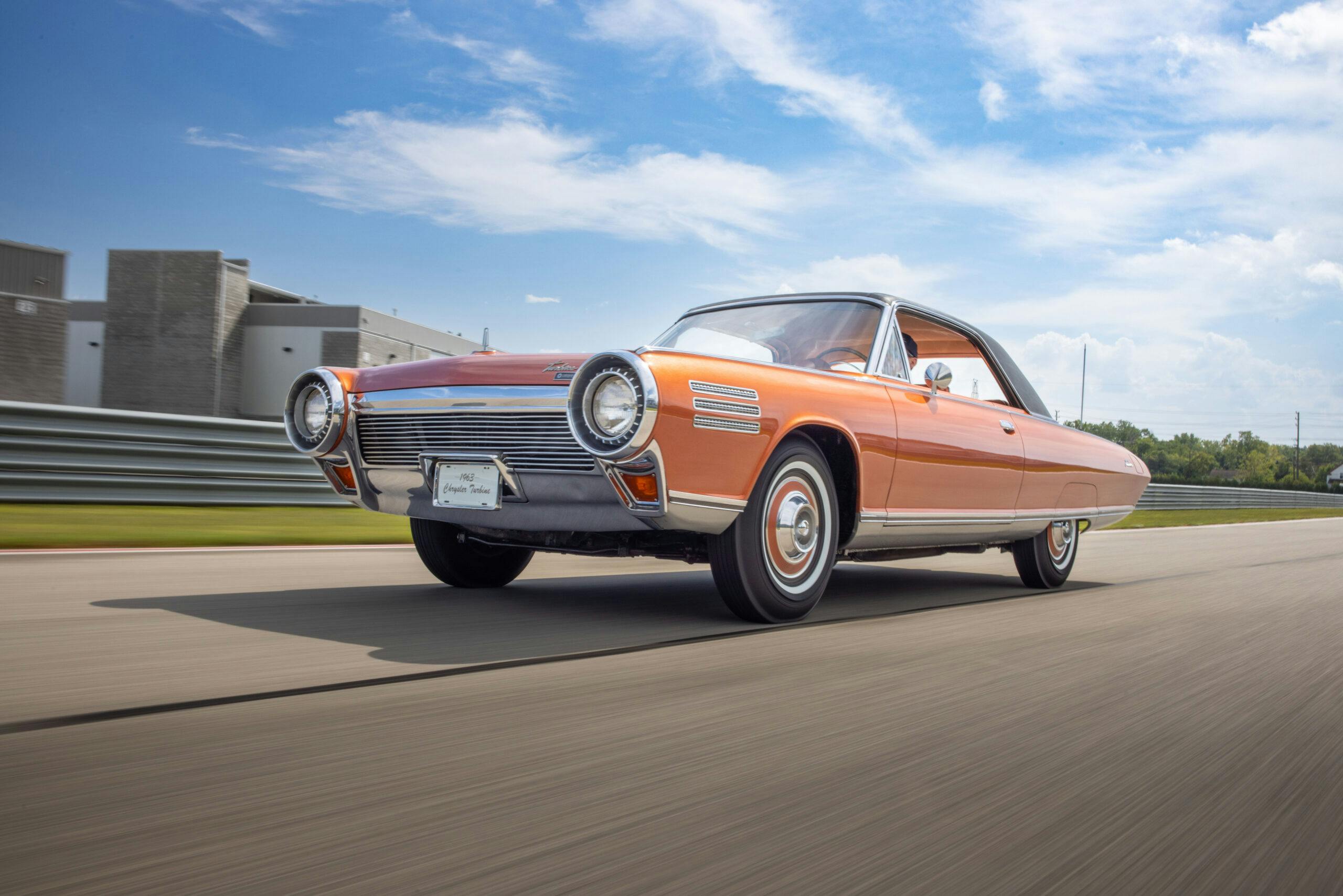
In March 2021 you ran an article headline calling Chrysler’s turbine car program “ill-fated,” which I thought was odd. The article didn’t mention any ill fate – it was an R&D exercise. Now you say the program “pushed forward the automotive industry and the United States,” which seems more accurate.
My dad was an engineer that worked on the Turbine car project. He had nothing but blistering hate for the government not being able to emissions test the car differently than ICE engines (they put out CLEANER ir than went in, but of course it was hotter) or for the panic-mongers that created a fear of “spinning turbine blades of death.” Probably some of that was cross-manufacturer warfare.
When I was a kid, I built a plastic model kit of this car. It was molded in that same light-bronze color. It was one of my favs in a collection of over 100.
I may have missed it in the article. It said it run on just about anything, but what was recommended? I’m assuming kerosene.
Kerosene would’ve been hard to find. Most stations in that period might have had a tank behind the building with a hand operated pump, and some sold Varsol from a similar tank, but I certainly wouldn’t want to try to fill an auto gas tank that way. Early aviation turbines ran on low-grade gasoline by preference, and modern jet fuel is much like diesel.
When I lived in Bloomfield Hills MI in ’64-68 someone up the street had one. I always assumed it was a Chrysler employee in engineering or marketing, but I didn’t know. I was 8-12 years old. I would guess it was in 1965. Most of the fathers in the neighborhood worked for auto companies. Mine worked for Ford in marketing and often brought odd things home that they were evaluating- small cars, a Honda motorcycle, pickup-based camper, etc. Interesting time and place.
At that time, did you happen to live on Eastover Drive?
I saw the Turbine cars in the Indy 500 in 1968. One coasted to a stop when a bearing broke right in front of me between turn 3 and 4. When the Turbines went by they sounded like a vacuum cleaner.
Great story and *fantastic* video! Really captures the innovation, both technological and promotional, that went into the turbine car’s development, marketing, and testing, as well as the optimism and exuberance that era’s so famous for. Also, I love that the movie car was driven by Vic Fontaine himself, James Darren – somehow fitting that his later fictional space career was preceded decades earlier by a turn in a then-futuristic actual turbine-powered vehicle.
Truly a shame development didn’t continue. Given how smooth they are and how versatilely they can be fueled, I wonder how a small turbine would compare to a Wankel or piston engine as a range extender in passenger or commercial vehicles being developed today.
Huge thanks to Hagerty and everyone involved in the video for bringing this story to a larger audience.
I don’t know why this comment is in limbo. Can’t believe it is offensive…
The documentary is great. It’s good to see the living engineers getting another chance to keep parts going for this. Of all the cars of that era I think I love the turbine the most just for the way they were trying to push the engineering envelope. It just doesn’t feel like that level of craftsmanship and engineering is possible today. In the 50’s and 60’s nothing seemed impossible.
Why is my comment still in limbo?
The documentary is great.
It’s good to see the living engineers getting another chance to keep parts going for this. Of all the cars of that era I think I love the turbine the most just for the way they were trying to push the engineering envelope. It just doesn’t feel like that level of craftsmanship and engineering is possible today. In the 50’s and 60’s nothing seemed impossible.
Not kidding the system would moderate this sentence, I will space out the words so it doesn’t slam it again.
T h e d o c u m e n t a r y i s g r e a t.
How incredibly stupid is this system.
Gary, you can give it a rest, my friend. You have nothing to worry about. Your comments have come through multiple times. (I also happen to agree with them…all of them! LOL)
This was a GREAT memory that you brought back of my teenage years. Back then I lived in Wilmington, DE. I lived not far from someone who would drive it past my High School bus stop almost every morning. The 3 or 5 of us waiting for the bus always ran to the side of the road to see it go by and hear the Turbine. It was very exciting to see I remember it to this day. My family drove to the New York Worlds Fair in 1965 which was a big event. I remember many futuristic again exciting things being shown there. I remember being able to walk around the Chrysler Turbine then. You weren’t able to get right up to the car but, it still was a memory to this day I have vividly. What a GREAT car.
I got to see one in the early 1970’s at the National Transportation Museum in St Louis. They also had a complete turbine on display as well. About the same time I was in auto shop at Central High Peoria Illinois and Caterpillar Tractor Company donated to the shop a prototype turbine engine they experimented with and rejected for production. It was probably about three times as big as the Chrysler version.
A truly Excellent Presentation!
Stephen C. Hagwood
Delco Products Engineering Retired
I was lucky enough to be able to get a ride in the Turbine Car at the Chrysler exhibit at the NY Worlds Fair in 1964. So cool.